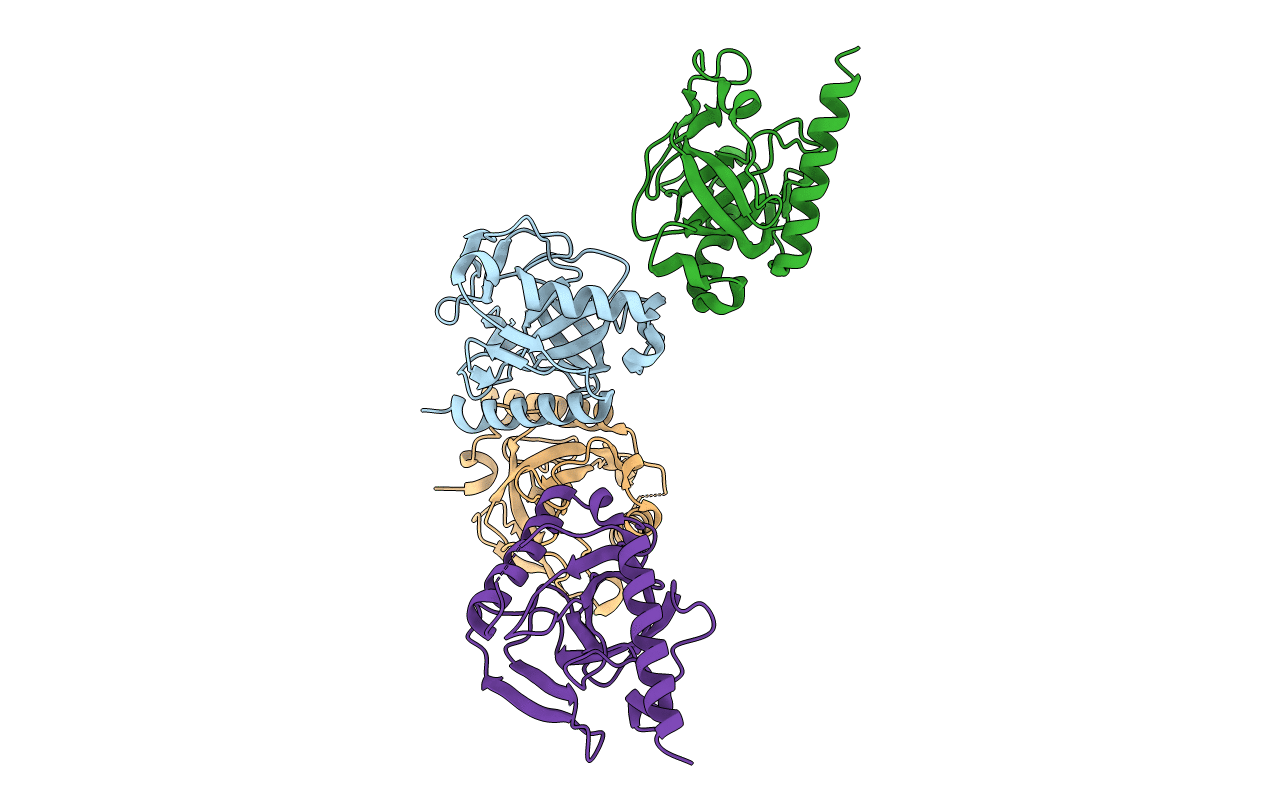
Deposition Date
2018-10-18
Release Date
2019-08-14
Last Version Date
2023-10-11
Entry Detail
PDB ID:
6MT2
Keywords:
Title:
Crystal structure of Inorganic Pyrophosphatase from Medicago truncatula (I23 crystal form)
Biological Source:
Source Organism:
Medicago truncatula (Taxon ID: 3880)
Host Organism:
Method Details:
Experimental Method:
Resolution:
2.89 Å
R-Value Free:
0.19
R-Value Work:
0.17
R-Value Observed:
0.17
Space Group:
I 2 3


